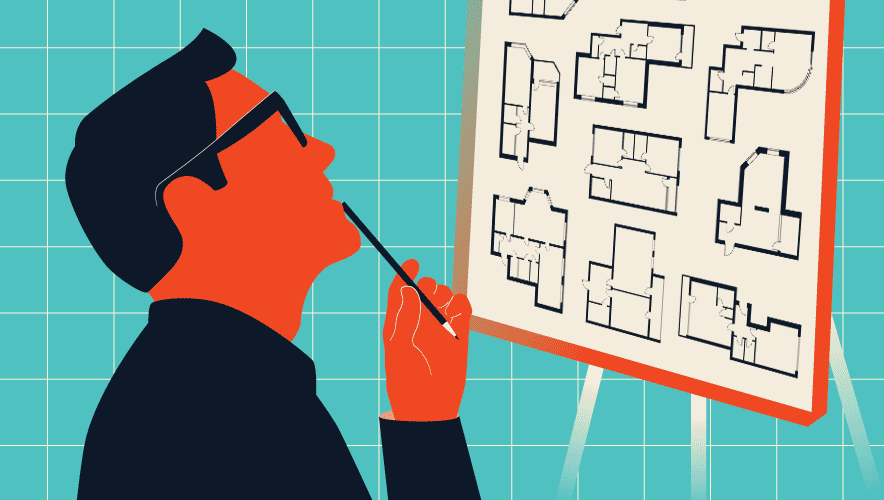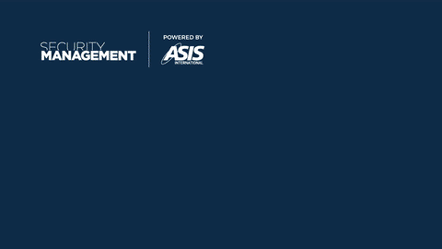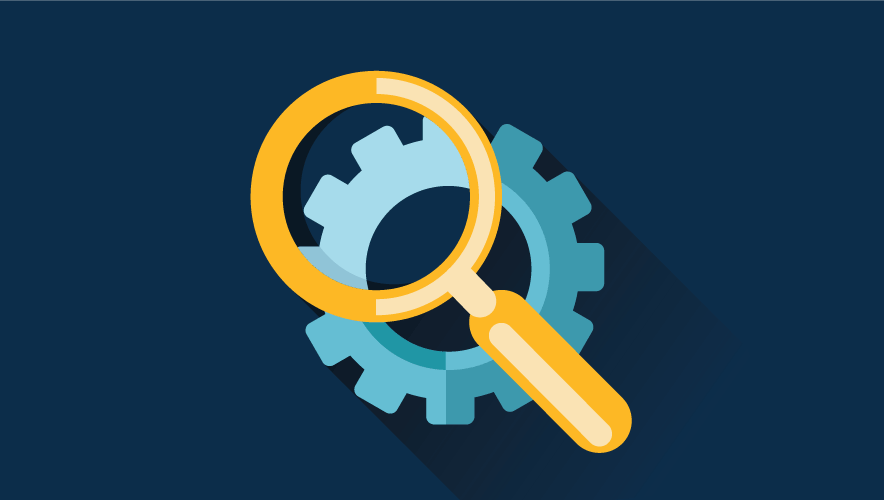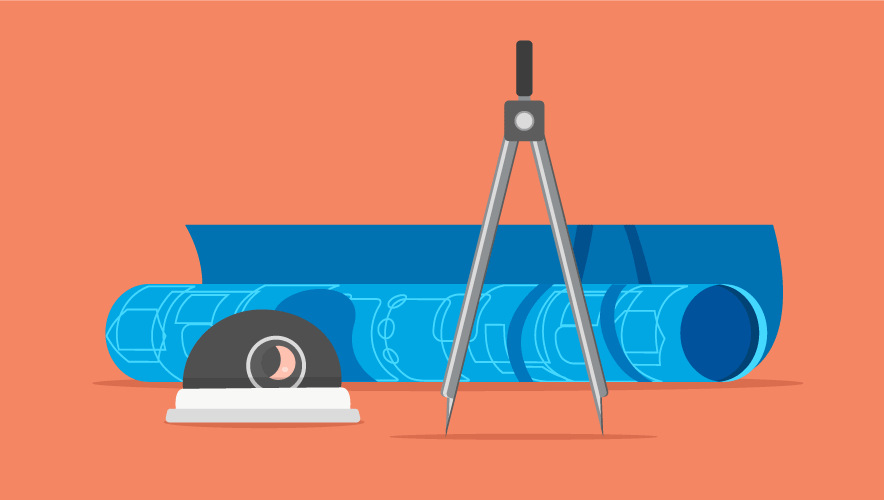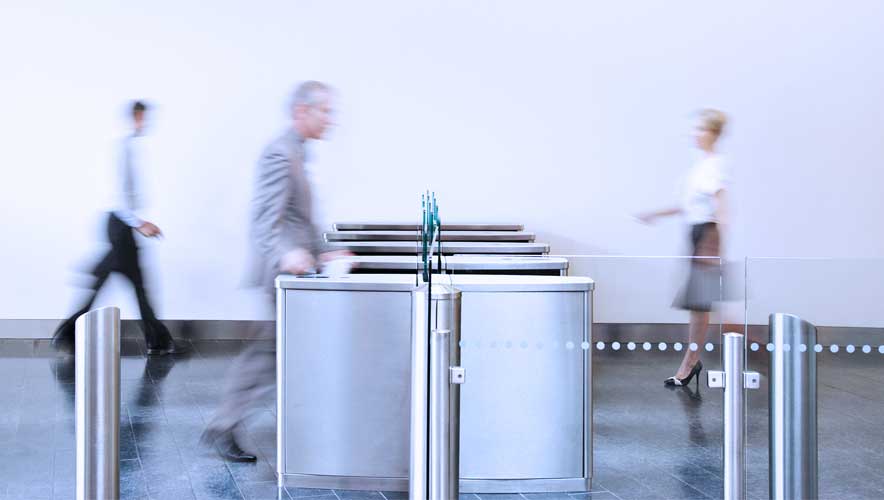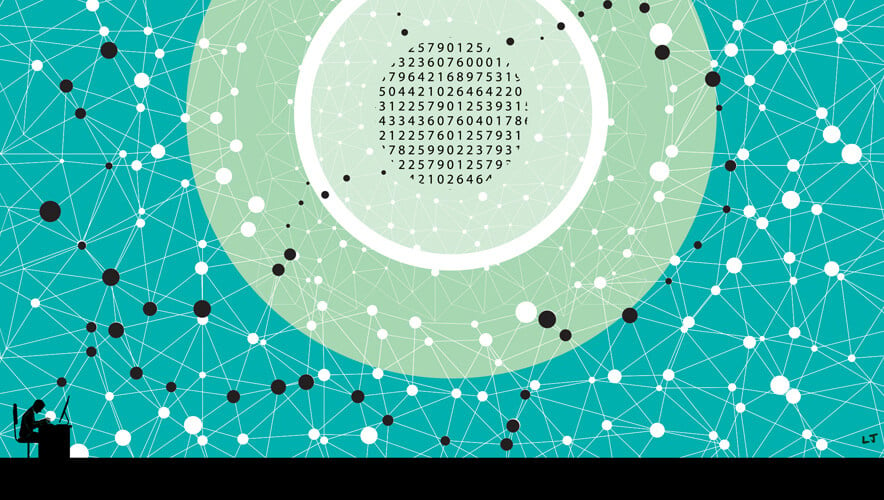5 Irreplaceable Aspects of Security System Design
In today’s world, establishing effective security for enterprise buildings and their physical assets is crucial. This involves meticulous planning, technology integration, and attention to detail.
The essential components for designing such security systems include risk assessments, access control, video surveillance, and intrusion detection. But the role of automation and artificial intelligence should not be ignored in this process either, because these technologies can assist with streamlining and savings.
Altogether, organizations can create tailored security solutions that mitigate risks to their staff, facilities, and guests. While the design process can be resource-intensive, the benefits of a robust security system provide peace of mind for organizations and stakeholders.
Risk Assessment
Before the actual design begins, it is essential that an organization conducts a comprehensive risk assessment to identify potential security threats and vulnerabilities. This process involves analyzing the building’s physical layout, access points, and existing security measures, as well as identifying potential threats such as theft, vandalism, unauthorized access, and cyber risks. On average, it takes an organization 70 days contain a data breach—demonstrating the time and effort required for this critical task—according to a survey by the Ponemon Institute.
The benefits of a comprehensive risk assessment are significant. By identifying potential security threats and vulnerabilities, organizations can design a security system tailored to their specific needs. This bespoke system reduces the risk of security breaches and minimizes the impact of any incidents that later occur.
Access Control
Access control—a critical component of any security system—enables an organization to regulate who has access to its building and associated physical security assets.
The cost of working with an engineering firm or designer to install such a system can range from $1,500 to $5,000 per door, depending on the system’s complexity.
However, the use of an access control system can significantly reduce the risk of potential threats. The system can be designed to include a range of features, including biometric authentication, keycards, and PINs.
With a combination of controlled building access and physical security assets, organizations can reduce the risk of breaches and ensure compliance with security standards and regulations.
Video Surveillance
By leveraging video surveillance, an organization can monitor its building and related assets, assisting in identifying potential security threats and providing evidence in the event of an incident. The global video surveillance market is expected to reach $24 billion by 2008, demonstrating the growing importance of video surveillance systems, according to a report by Zion Market Research.
The cost of installing a video surveillance system can range, as cameras can cost between hundreds of dollars to thousands depending on the quality and features. These features include high-definition cameras, motion detection, and remote monitoring.
Intrusion Detection
Intrusion detection systems can alert organizations to any unauthorized access to a building or other associated resources. The cost of installing an intrusion detection system can range dramatically per sensor or camera. According to a report by Grand View Research, the global intrusion detection systems market is expected to reach $8.6 billion by 2025, highlighting the importance of this technology in the security industry.
Intrusion detection systems can include a range of features, including sensors, cameras, and alarms. By detecting any unauthorized access, intrusion detection systems can help organizations respond quickly and effectively to potential security threats.
Automation and AI
The integration of automation and AI technologies is transforming the security industry, enabling organizations to design increasingly robust and efficient security systems.
Automation technologies can handle routine tasks, such as monitoring video feeds or managing access control systems, which in turn frees up staff to focus on more critical security tasks.
AI technologies can analyze large amounts of data from various security systems, enabling organizations to identify potential security threats in real-time and respond quickly to incidents. The use of AI technologies in the security industry is expected to grow from $21 billion in 2023 to $50 billion in 2028, demonstrating the significant impact that AI is having on the industry, according to a report by Mordor Intelligence,
By leveraging automation and AI technologies, organizations can design security systems that are faster, cheaper, and require less rework later. By using AI to monitor and analyze feeds from all the security systems, companies can reduce the number of security personnel required and the amount of time required to manage the system. Additionally, automation technologies can reduce the risk of errors and ensure compliance with security standards and regulations.
David Harris has more than 30 years of management experience including overseeing regional security operations in Africa, Asia, and Europe. His last role was as the managing director of physical security at Barclays Bank where he had global responsibility for all physical security operations, technology, and governance. He is currently the vice president of strategic operations of BeamUP.
David Garcia also contributed to this article. Garcia is the former vice president of growth at Identiq and current vice president of marketing at BeamUP. He holds a bachelor’s in science from the London School of Economics.
© 2023, David Harris, VP Customer Delivery at BeamUP Ltd.

